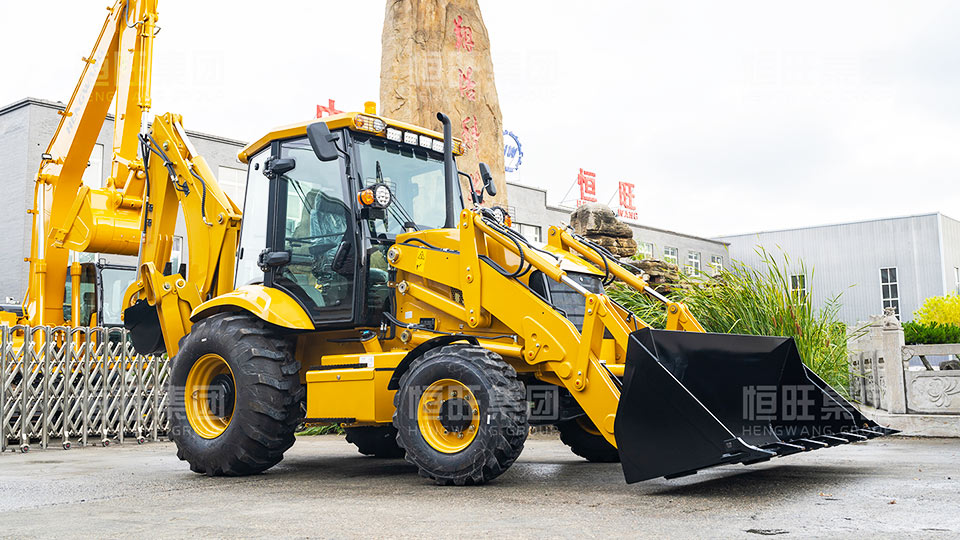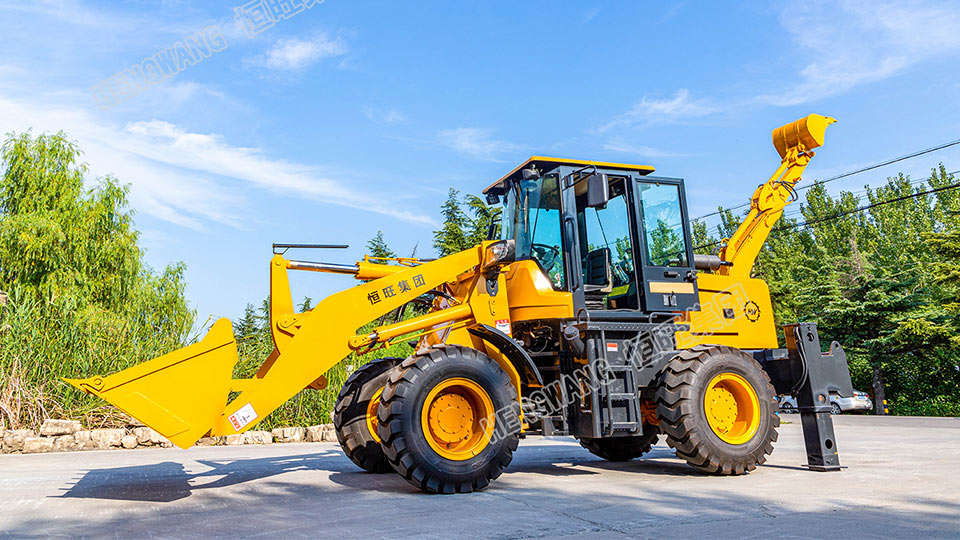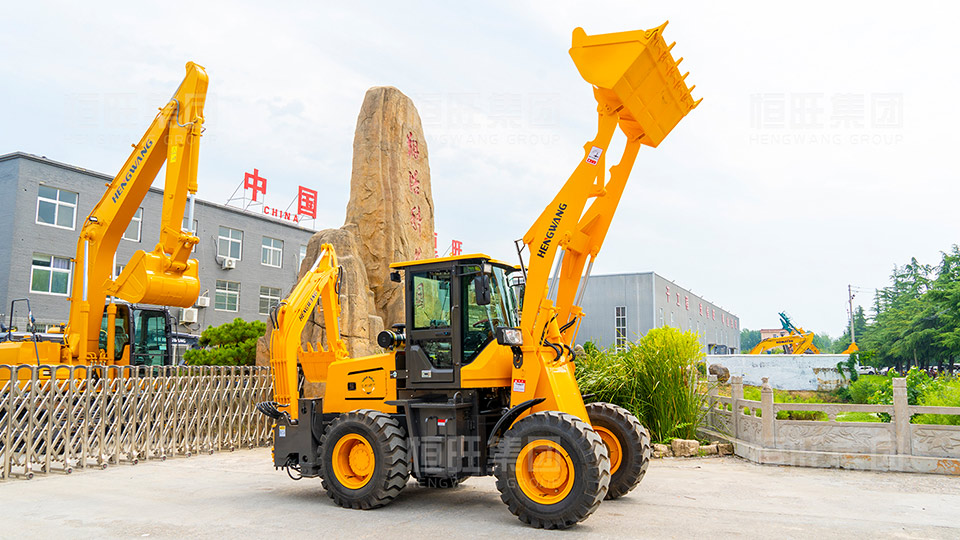For construction professionals, the purchase of a backhoe loader is a crucial step in project implementation. This guide focuses on the decision-making process for backhoe loader purchase, helping you efficiently identify the most suitable model.
Step 1: Define Core Requirements
First, clarify the project scale (small-scale infrastructure or large-scale mining), the complexity of working conditions (conventional earthwork or high-dust environments), and the budget range. For example, when purchasing a backhoe loader for mining operations, dust-proof performance should be a top priority. This step helps avoid frequent maintenance issues down the line.
Step 2: Compare Model Characteristics
Mainstream types include Standard Models (20 - 25-ton chassis, suitable for regular operations), Heavy-duty Models (with a power output of 150kW or more, designed for rock breaking), and Compact Models (with a turning radius of less than 5 meters, ideal for narrow spaces). When purchasing a backhoe loader, match the model type to the working space and load intensity to prevent situations where the equipment is either underpowered or overqualified for the task.
Recommended Model 1: HW40-28
· Applicable Scenarios: Medium-sized earthwork projects, road construction, garden construction.
· Features: Equipped with a 40-horsepower engine, offering flexible steering. Comes with the option of a bucket or a hydraulic breaker, making it suitable for complex working conditions.

Recommended Model 2: HW25-30
· Applicable Scenarios: Rural infrastructure projects, small-scale water conservancy projects, municipal greening.
· Features: Economically designed with a 25-horsepower engine, easy to operate, and has low maintenance costs.

Recommended Model 3: HW20-28
· Applicable Scenarios: Operations in narrow spaces (such as courtyard renovations), construction of agricultural greenhouses.
· Features: Compact body with a small turning radius and a stable hydraulic system.

Step 3: Scenario-based Screening
In high-dust environments, when purchasing a backhoe loader, pay close attention to the equipment's sealing performance (such as IP65 dust-proof design). For municipal projects, prioritize flexibility to avoid issues caused by oversized equipment affecting traffic.
Step 4: Comprehensive Parameter Consideration
In addition to bucket capacity and engine power, consider the interrelation of parameters — a high-power engine needs to be paired with an efficient hydraulic system to achieve optimal performance. When purchasing a backhoe loader, comprehensive consideration of these factors can increase equipment efficiency by over 30%.
Inquiry Channel: If you need detailed parameters or customized solutions for HW40-28, HW25-30, and HW20-28, please click the link below to submit your request. Our professional engineers will provide one-on-one consultation.
Conclusion: Precisely matching requirements with the right model is the key to maximizing return on investment. Whether it's mining operations or urban infrastructure construction, choosing a suitable backhoe loader can significantly enhance construction efficiency. Take action now and gain the upper hand in your projects!
